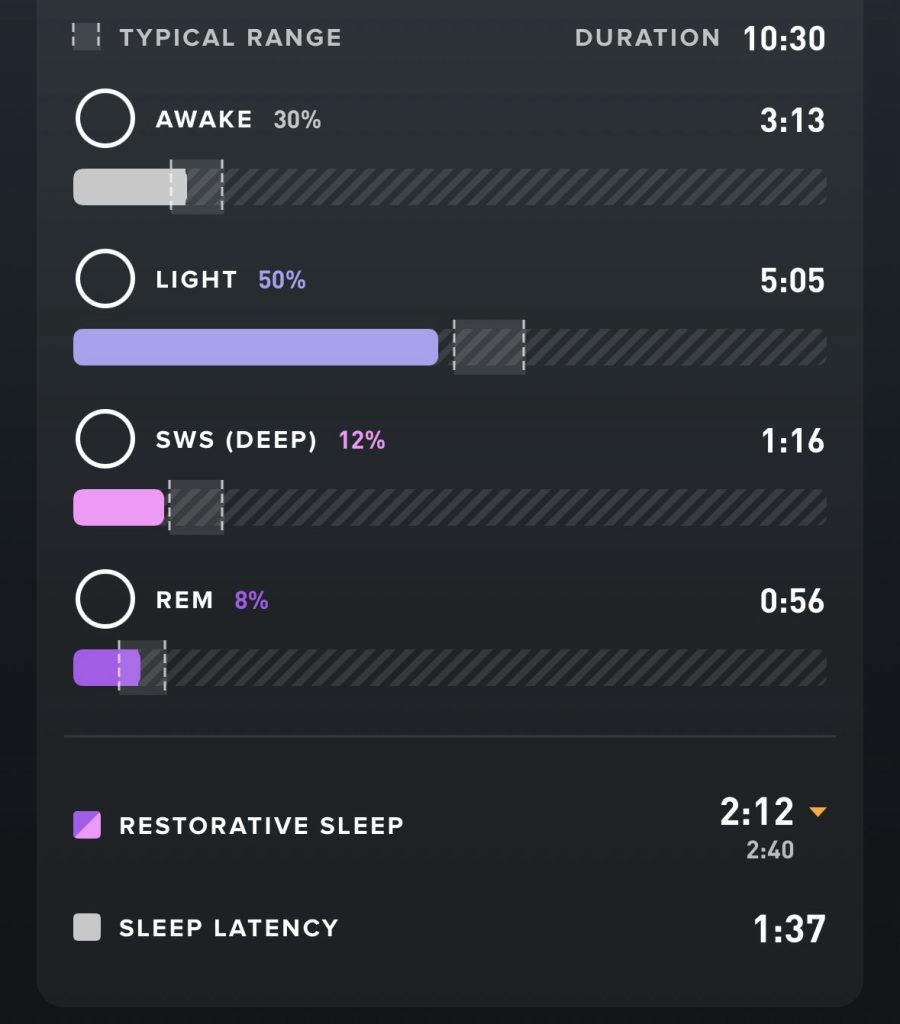Yesterday I wrote about the experience of my daily writing experiment rounding out its fifth year. It’s been a fun and often emotional journey that I find hard to fully capture. But I’ll attempt to list a few of my favorite posts of 2025 on the last day of year.
Healthcare and Biohacking
Day 1490 and Healthcare’s Sin Eaters
Day 1468 Deciding to Go HBOT and Starting HBOT
1567 and Turkish Medical Tourism
1565 and Elephant’s Eye
1560 and Getting an HBOT
Day 1517 and Blink Blink (First Incision of 4 Scalpel Incidents in 2025
Day 1503 and Managing Healthcare Projects from Mold to Hyperbarics
Startups
Day 1486 and Is There A Tech Right
Day 1510 and Turning Valar On
Day 1542 and Future Blind
Day 1572 and Reskilling
Media
Day 1485 and A New Pogue at The New York Times
Day 1581 and Lecturing at UC Boulder on Renegade Futurism
Day 1569 and the sky above the port tuned to a dead channel
Day 1496 and Maneuver Warfare
Politics
Day 1484 and Montana’s Right to Compute Bill
Day 1549 and Productive Primates
Day 1578 and Dark Start or Energy Realism
Day 1576 and a NatCon Boomer Kicks a Townie Millennial Out of Their Hometown
Trends, Cultural and the Academy
Day 1484 and Zoomer Identity Violence Trend
Day 1479 and Liminal Industrial Transport in an Empty Frankfurt International Terminal Pod Hotel
Day 1580 and Learning By Doing or Embodied Learning for Humans
Day 1575 and Renegade Futurism
Day 1555 and Modern Machiavelli
And I got to about May and realized I didn’t feel like I needed to put more into the organization. I had 4 medical procedures involving surgery. My father died. My best startups all raised rounds to scale. You can find your own way from there. It’s been a hard year despite the wins.



